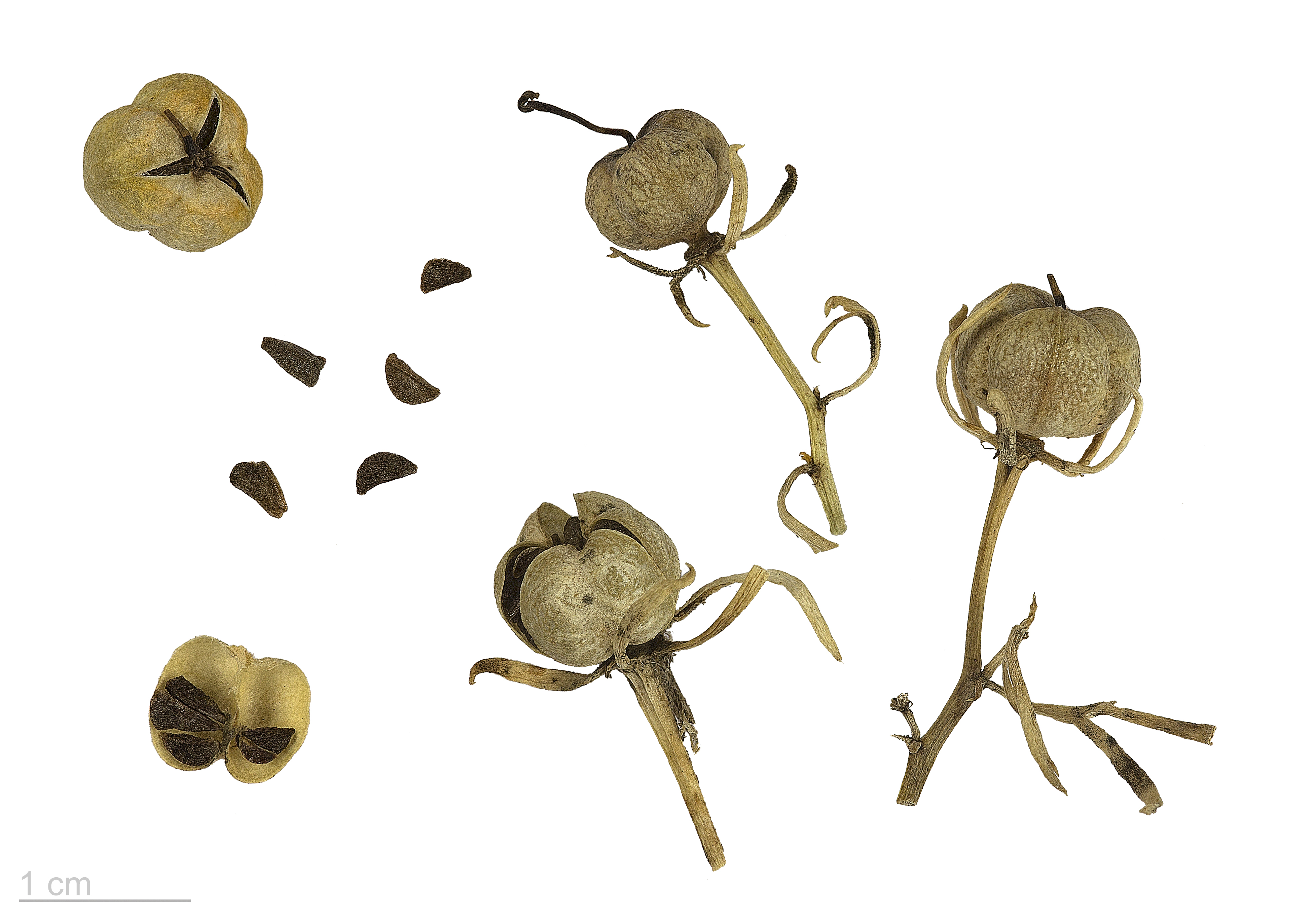|
Tetrahydroharman
Tetrahydroharman(e), also known as 1-methyl-1,2,3,4-tetrahydro-β-carboline, is a general name for one of two isomers: # (1S)-1-methyl-2,3,4,9-tetrahydro-1H-pyrido ,4-bndole # Calligonine ((1R)-1-methyl-2,3,4,9-tetrahydro-1H-pyrido ,4-bndole) Calligonine is a major alkaloid constituent of the roots of ''Calligonum minimum'' and the bark of ''Elaeagnus angustifolia''. When taken internally, it has the effect of substantially lowering blood pressure for an extended period of time, similar to reserpine. References Landolt-Börnstein* * * See also *Peganum harmala *Harmala alkaloid Several alkaloids that function as monoamine oxidase inhibitors (MAOIs) are found in the seeds of ''Peganum harmala'' (also known as ''Harmal'' or ''Syrian Rue''), as well as tobacco leaves including harmine, harmaline, and harmalol, which are m ... Tryptamine alkaloids beta-Carbolines {{Alkaloid-stub ... [...More Info...] [...Related Items...] OR: [Wikipedia] [Google] [Baidu] |
Peganum Harmala
''Peganum harmala'', commonly called wild rue, Syrian rue, African rue, esfand or espand,Mahmoud OmidsalaEsfand: a common weed found in Persia, Central Asia, and the adjacent areasEncyclopedia Iranica Vol. VIII, Fasc. 6, pp. 583–584. Originally published: 15 December 1998. Online version last updated 19 January 2012 or harmel, (among other similar pronunciations and spellings) is a perennial, herbaceous plant, with a woody underground root-stock, of the family Nitrariaceae, usually growing in saline soils in temperate desert and Mediterranean regions. Its common English-language name came about because of a resemblance to rue (to which it is not related). Because eating it can cause livestock to sicken or die, it is considered a noxious weed in a number of countries. It has become an invasive species in some regions of the western United States. The plant is popular in Middle Eastern and north African folk medicine. The alkaloids contained in the plant, including the seeds, ... [...More Info...] [...Related Items...] OR: [Wikipedia] [Google] [Baidu] |
Elaeagnus Angustifolia
''Elaeagnus angustifolia'', commonly called Russian olive, silver berry, oleaster, or wild olive, is a species of ''Elaeagnus'', native to western and central Asia, Iran, from southern Russia and Kazakhstan to Turkey, parts of Pakistan and parts of India. , it is widely established in North America as an introduced species. Description ''Elaeagnus angustifolia'' is a usually thorny shrub or small tree growing to in height. Its stems, buds, and leaves have a dense covering of silvery to rusty scales. The leaves are alternate, lanceolate, long and broad, with a smooth margin. The plants begin to flower and fruit from 3 years old. The highly aromatic flowers, produced in clusters of one to three, are 1 cm long with a four-lobed creamy yellow calyx; they appear in early summer and are followed by clusters of fruit, a small cherry-like drupe long, orange-red covered in silvery scales. The fruits are about 1 cm wide and sweet, though with a dryish, mealy texture. The spec ... [...More Info...] [...Related Items...] OR: [Wikipedia] [Google] [Baidu] |
Reserpine
Reserpine is a drug that is used for the treatment of high blood pressure, usually in combination with a thiazide diuretic or vasodilator. Large clinical trials have shown that combined treatment with reserpine plus a thiazide diuretic reduces mortality of people with hypertension. Although the use of reserpine as a solo drug has declined since it was first approved by the FDA in 1955, the combined use of reserpine and a thiazide diuretic or vasodilator is still recommended in patients who do not achieve adequate lowering of blood pressure with first-line drug treatment alone. The reserpine-hydrochlorothiazide combo pill was the 17th most commonly prescribed of the 43 combination antihypertensive pills available In 2012. The antihypertensive actions of reserpine are largely due to its antinoradrenergic effects, which are a result of its ability to deplete catecholamines (among other monoamine neurotransmitters) from peripheral sympathetic nerve endings. These substances are no ... [...More Info...] [...Related Items...] OR: [Wikipedia] [Google] [Baidu] |
Harmala Alkaloid
Several alkaloids that function as monoamine oxidase inhibitors (MAOIs) are found in the seeds of ''Peganum harmala'' (also known as ''Harmal'' or ''Syrian Rue''), as well as tobacco leaves including harmine, harmaline, and harmalol, which are members of a group of substances with a similar chemical structure collectively known as ''harmala alkaloids''. These alkaloids are of interest for their use in Amazonian shamanism, where they are derived from other plants. The harmala alkaloid harmine, once known as telepathine and banisterine, is a naturally occurring beta-carboline alkaloid that is structurally related to harmaline, and also found in the vine ''Banisteriopsis caapi''. Tetrahydroharmine is also found in ''B. caapi'' and ''P. harmala''. Dr. Alexander Shulgin has suggested that harmine may be a breakdown product of harmaline. Harmine and harmaline are both a reversible inhibitor of monoamine oxidase A (RIMAs). They can stimulate the central nervous system by inhibiting the ... [...More Info...] [...Related Items...] OR: [Wikipedia] [Google] [Baidu] |
Tryptamine Alkaloids
Tryptamine is an indolamine metabolite of the essential amino acid, tryptophan. The chemical structure is defined by an indole ─ a fused benzene and pyrrole ring, and a 2-aminoethyl group at the second carbon (third aromatic atom, with the first one being the heterocyclic nitrogen). The structure of tryptamine is a shared feature of certain aminergic neuromodulators including melatonin, serotonin, bufotenin and psychedelic derivatives such as dimethyltryptamine (DMT), psilocybin, psilocin and others. Tryptamine has been shown to activate trace amine-associated receptors expressed in the mammalian brain, and regulates the activity of dopaminergic, serotonergic and glutamatergic systems. In the human gut, symbiotic bacteria convert dietary tryptophan to tryptamine, which activates 5-HT4 receptors and regulates gastrointestinal motility. Multiple tryptamine-derived drugs have been developed to treat migraines, while trace amine-associated receptors are being explored as a ... [...More Info...] [...Related Items...] OR: [Wikipedia] [Google] [Baidu] |


